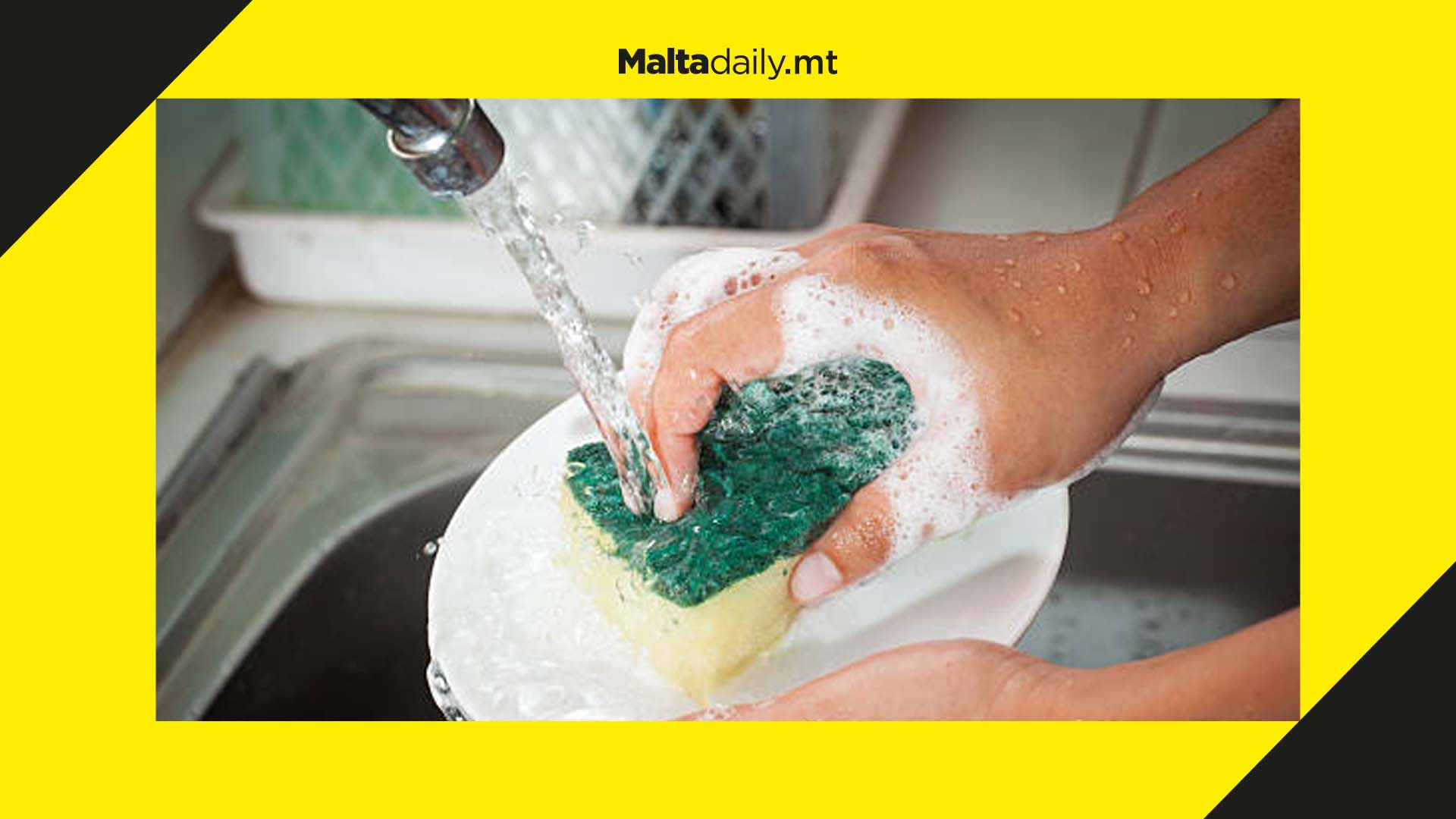Sponges are not the most hygienic way to clean dishes study suggests

According to researchers in Norway, kitchen sponges have more bacteria than kitchen brushes, urging people to move away from the utensil. Research scientist Trond Moretro said that salmonella and other Bactria grow and survive better in sponges than in brushes, with he reason being sponges in daily use never dry up.
‘A single sponge can harbour a higher number of bacteria than there are people on Earth’ he said, publishing online in the Journal of Applied Microbiology.Many bacteria are not harmful, but those that are – salmonella included – can spread from sponges to hands, kitchen surfaces and equipment, potentially making people sick. A sponge is humid and accumulates food residues which are food for bacteria and therefore lead to bacterial growth.
Researchers pointed out that it didn’t really matter how people cleaned their sponge or how often as it is very difficult for consumers to avoid bacterial growth in the sponges.According to the USDA, microwaving or boiling kitchen sponges may reduce some of the bacterial load. However, these measures alone are not adequate to ensure sponges will reduce cross-contamination.
The researchers collected kitchen sponges from 20 people living in Portugal and 35 brushes and 14 sponges from Norwegians. The sponges were all used for dishwashing, with 19 of the 20 sponges from Portugal having been used five to six times a week. Overall bacteria levels were lower in used brushes than sponges.
When researchers added salmonella bacteria to the brushes and sponges, they found significant reduction in salmonella brushes allowed to dry overnight. However, no reduction for brushes stored in a plastic bag or for sponges regardless of storing conditions was noted.Whilst study authors recommended a brush over sponges, microbiology professor Cath Rees said that she would continue using a sponge to wash dishes. The key for her was drying dish sponges and cloths between use.
“The main message I get is that they did not find any evidence of pathogenic bacteria on the sponges or brushes taken from a range of domestic settings and therefore there is no evidence that these items are a significant source of contamination in normal domestic settings,” Rees said.
“If there were some low levels of pathogens left on your cloth, they are going to grow quite slowly (they grow optimally at body temperatures), so you would not expect to see much growth of these, and this matched their results — in wet condition there was some limited growth, in drying conditions the numbers either stayed the same or declined,” she explained.
#MaltaDaily


